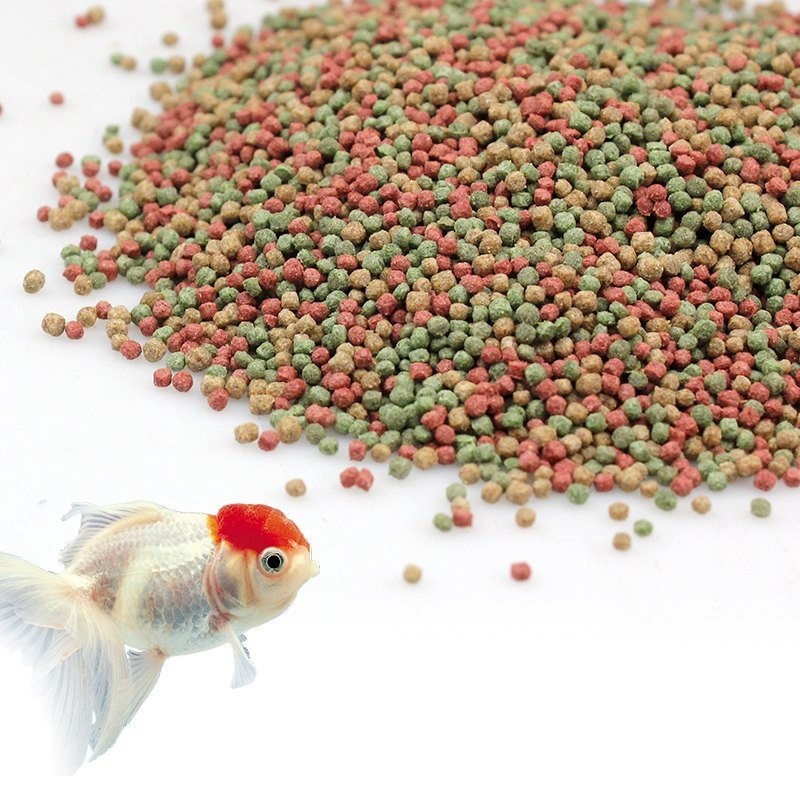Tetra Glofish Care Guide:Breeding, Diet, and Fun Facts
Learn everything about Glofish care, breeding tips, diet, and lifespan. Discover why these colorful, beginner-friendly fish make a great addition to your aquarium.
Table of Contents
- Common Name Scientific Name of Glofish
- Natural Habitat of Glofish
- Care Requirements Of Glofish
- Diet For Glofish
- Lifespan Of Glofish
- Male vs. Female Differences of Glofish
- Breeding Tips For Glofish
- Behavior and Compatibility for Glofish
- Interesting Facts About Glofish
- Pro Tips for Keeping Glofish Healthy and Stress-Free
- Why Glofish Are a Great Choice for Aquariums
- Faq
- Conclusion
These fish are quite remarkable for their glowing colors with the ability to display neon glow when illuminated with blue light. Glofish are genetically modified zebrafish engineered to fluoresce. As a result, these colors present an interesting color show to aquarium keepers who range from beginners to professionals.
Common Name Scientific Name of Glofish
Glofish is the common name for genetically modified fish, most often Danio rerio (zebrafish), though they can also be made from other species like Tetra, Barbs, and Sharks. These fish have been modified to exhibit a range of vibrant colors, including red, green, blue, orange, and purple, thanks to the insertion of fluorescent proteins from marine organisms.
Natural Habitat of Glofish
Originally, the ancestors of Glofish, for example, zebrafish are originally natives of South Asia, where these fish are from rivers and streams of India, Bangladesh, and Nepal. Glofish, however are bred in controlled conditions and not natively seen in the wild.
Care Requirements Of Glofish
Glofish are relatively easy-going fish that do adapt to different tank conditions. It's best to have them thriving in freshwater aquariums between water temperatures of 72°F to 82°F (22°C to 28°C). Always maintain a clean tank, along with good filtration; Glofish prefer moderate flow rates. Regular changes in their water (about 20% every week) are ideal for their well-being.
Diet For Glofish
Glofish are omnivores and enjoy:
• High-quality flake or pellet food.

• Live or frozen foods like brine shrimp, daphnia, and bloodworms.

Lifespan Of Glofish
Glofish live for an average of 2 to 5 years, though with proper care, they may live longer. Regular water changes, a clean environment, and a healthy diet contribute to a long, happy life.
Male vs. Female Differences of Glofish
Males are slimmer and slightly smaller than females.

Males are more colorful, especially during breeding season.

During breeding season, males become more vibrant around the fins to attract females.
Breeding Tips For Glofish
Breeding Glofish is quite tricky, as they are genetically modified and breeding them will not always give glowing offspring. To encourage breeding, it is advisable to keep a separate breeding tank with slightly warmer water and gentle filtration. The spawning usually takes place in the early morning, and the eggs will hatch after about 2 to 3 days.
Behavior and Compatibility for Glofish
Glofish are calm, peaceful, social fish and do best in a school of at least 6 fish. Glofish are active swimmers, enjoy swimming and investigating their surroundings. Compatible fish include guppies, tetras, and peaceful barbs. They should be avoided as companions to larger or very aggressive fish species as it can stress and possibly hurt them.
Interesting Facts About Glofish
Scientific Research: Glofish were first bred for scientific purposes, which would help to monitor the level of water pollution. Their fluorescent nature makes them useful for detecting toxins in the environment.
Color Varieties: Glofish come in a wide range of colors, from red, green, blue, and purple. The color intensity can be enhanced with specialized lighting in the aquarium.
Low Maintenance: Glofish may look pretty, but they are relatively low maintenance and great for beginners. They do not need special lighting or equipment, but having a tank that makes their fluorescent colors pop is a plus.
Pro Tips for Keeping Glofish Healthy and Stress-Free
Tank Size: Provide at least a 10-gallon tank for a small group of Glofish. The more space they have, the healthier and more active they will be.
Water Quality: Ensure that the water is toxin-free by maintaining the tank clean. Invest in a reliable filtration system and regularly monitor the water parameters.
Lighting: Make use of blue LED lighting to show off their fluorescent colors.
Do not subject them to bright lighting for too long because this may cause them to stress.
Tank Mates: Keep Glofish with other small, peaceful fish in order to avoid stress and aggression.
Why Glofish Are a Great Choice for Aquariums
Glofish are simply a great visual addition to an aquarium, and they are great favorites among hobbyists. Their radiant colors make them stand out, especially in low-light setups. Easy to care for, hardy, and compatible with many other species of fish, they are quite an excellent choice for a beginner or an experienced enthusiast. Whether you are a fan of their glow or their peaceful nature, you can be sure that the Glofish will brighten up your tank and your day.
Faq
1.What are Glofish?
Genetically modified fish that fluoresce in vibrant colors like red, green, and blue.
2.How long do Glofish live?
2 to 5 years with proper care.
3.What do Glofish eat?
High-quality flakes or pellets, and live/frozen foods like brine shrimp.
4.Can Glofish breed?
Yes, but glowing offspring are not guaranteed.
5.Are Glofish easy to care for?
Yes, they are low-maintenance and suitable for beginners.
6.What size tank do Glofish need?
At least a 10-gallon tank.
7.Do Glofish need special lighting?
Blue LED lighting enhances their glow.
8.Can Glofish live with other fish?
Yes, they are peaceful and do well with other small, non-aggressive fish.
9.Why are Glofish so colorful?
They are genetically modified with fluorescent proteins.
10.Are Glofish suitable for beginners?
Yes, they are hardy and easy to care for.
Conclusion
Glofish are colorful, low-maintenance fish that really add a glowing color to any aquarium. With proper care, these fish can live for as long as 2 to 5 years. This peaceful fish, compatible with other species, and has stunning fluorescent colors, really makes them the best pick for both beginner and advanced aquarists.






